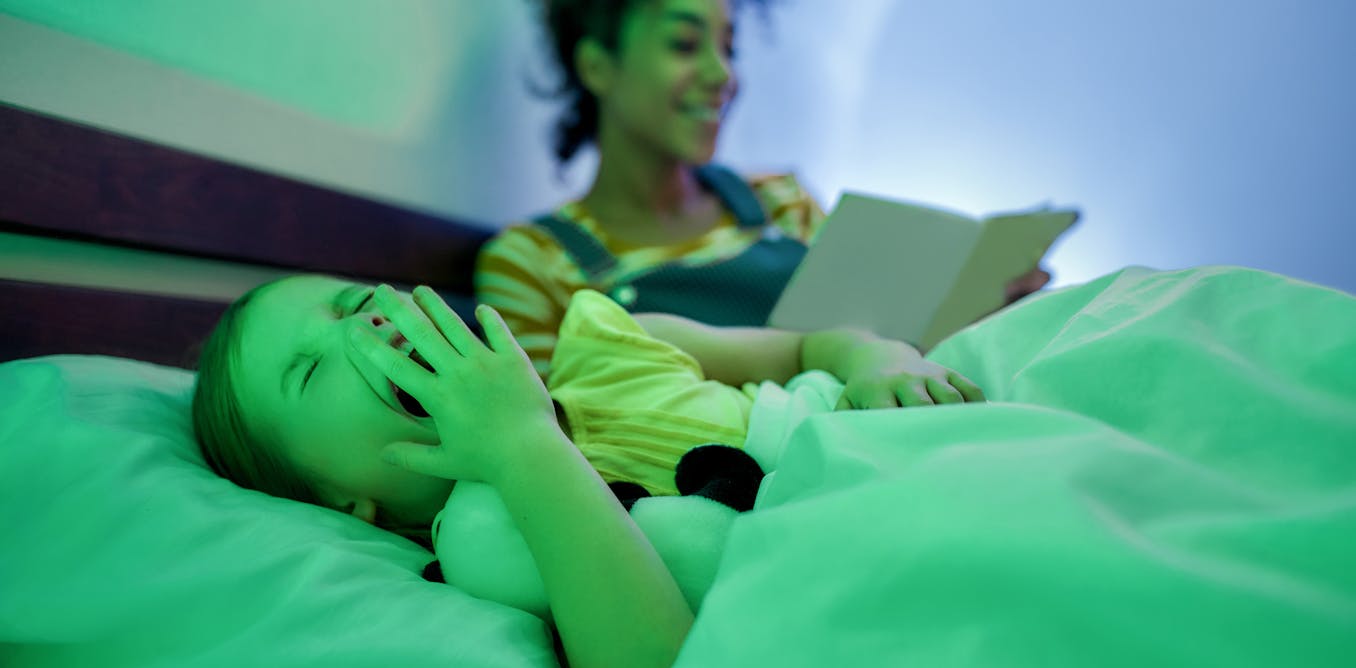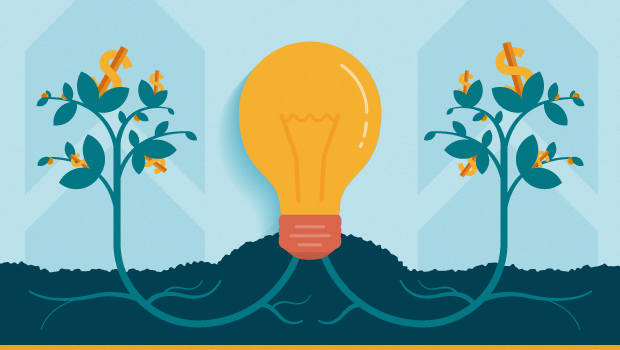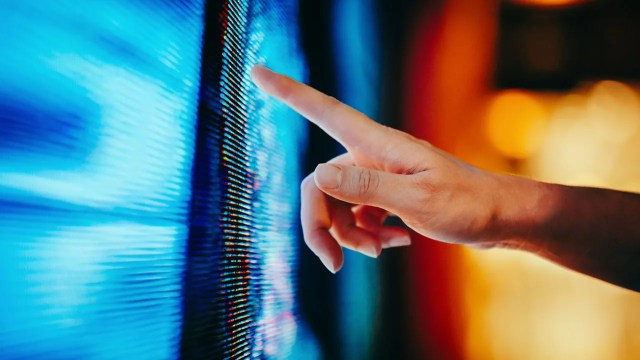Why do people yawn while seeing other people who yawn? —Mithra, age 7, Chennai
Yawning happens when you open your mouth, take a deep breath and take in air without even thinking about it. You might be tired, bored or waking up. Most people yawn six to 23 times a day – even animals yawn!
You may have noticed that you often yawn after you see someone else yawn. This is called “contagious yawning”.
Contagious yawning feels automatic, like a reflex you don’t have to think about. But scientists know it’s not completely automatic because we are not born knowing how to do it.
In fact, contagious yawning only starts around ages four or five, which is when kids begin to develop better empathy. Empathy means understanding and sharing the feelings of others. So, without even thinking about it, seeing someone yawn can make you want to yawn, too.
How do scientists know this?
Scientists have noticed that people yawn more when the other person they see yawn is someone they know well – like a best friend or a parent.
This supports the idea that empathy plays a big role in contagious yawning. When you see a friend or family member yawn, your brain understands their feelings, and you might yawn, too.
Contagious yawning can also help strengthen social connections and coordination within a group. In other words, it’s one way our brains help us connect with others.
Yawning animals
Scientists found people might also yawn when they see animals like birds, reptiles and fish yawning (yes, fish yawn too).
In fact, some animals like dogs and chimpanzees also experience contagious yawning. When a chimpanzee sees another chimpanzee yawn, it often yawns, too. Like for us humans, this helps them build social connections with each other.
Scientists found that both in humans and in animals like chimpanzees and bonobos, contagious yawning is more common among those who share a strong bond. This means you’re more likely to catch a yawn from your best friend or family member than from a stranger.
As people get older, they become better at understanding others’ feelings, and they yawn more when they see others yawn. However, this ability to catch yawns might decrease in very old age. This is seen in both humans and chimpanzees.
Humans can have a contagious yawn from many different types of animals – not just their pets that they love and know well. This shows that yawning helps us connect and understand each other, whether it’s with another person or an animal.
What happens in the brain when we catch yawns?
Your brain has special cells called mirror neurons. These neurons activate when you see someone do something, and they make you feel like doing the same thing – for example, yawning. It’s like your brain is mirroring what the other person is doing.
So, the next time you see someone yawn and feel the urge to yawn too, you’ll know it’s your brain’s way of building a connection with your friends, family and even pets.




